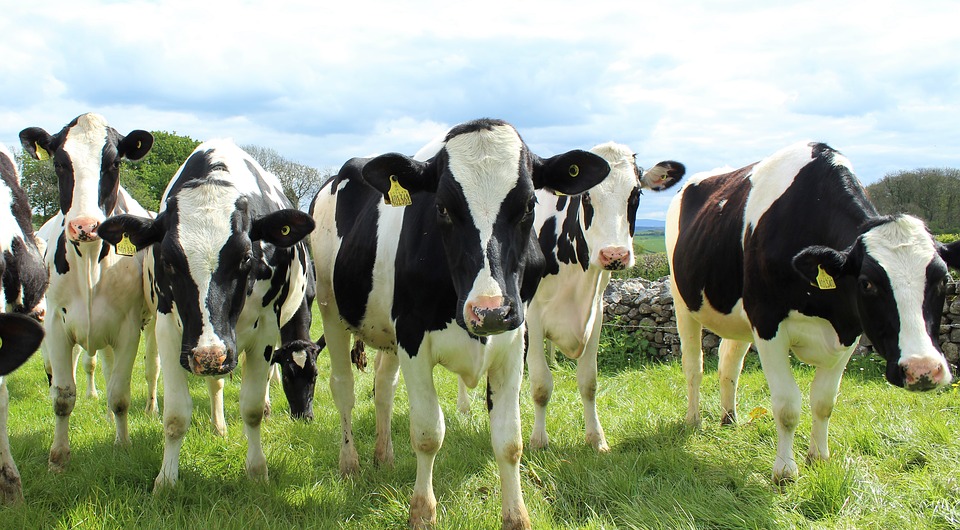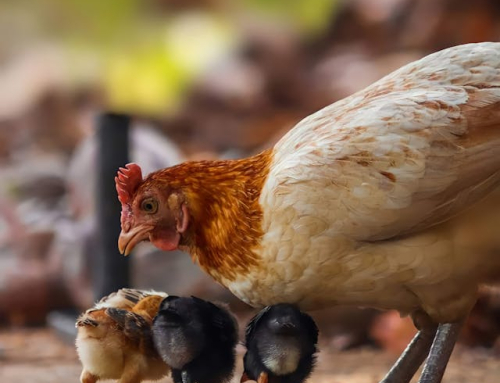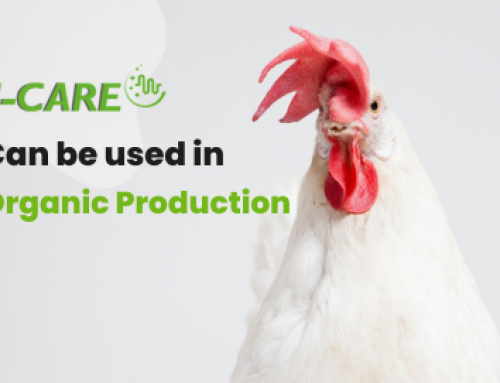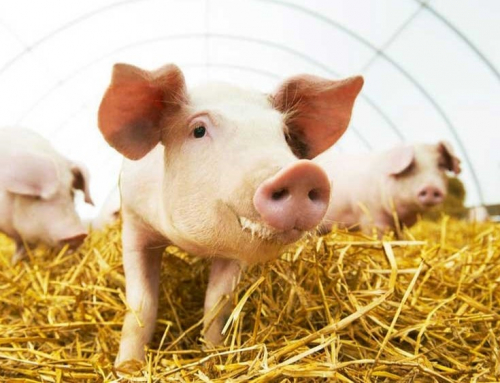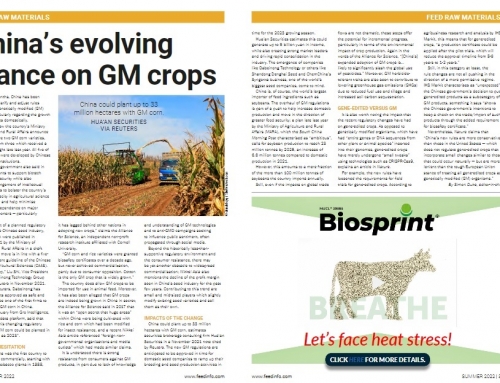Use of a live yeast to Reduce Methane Production in Ruminants
Methane emissions from ruminant livestock contribute significantly to the large environmental footprint of agriculture. Ruminant production accounts for about 81% of Greenhouse Gases (GHG) from the livestock sector, 90% of which results from rumen microbial methanogenesis 1 . A considerable worldwide research effort has investigated various mitigation strategies and the ruminant farmers are putting in a lot of effort to improve
the sustainability of their operations, with reduction of methane emissions (one of the most potent greenhouse gases) being a top priority.
How methane is produced by Ruminants
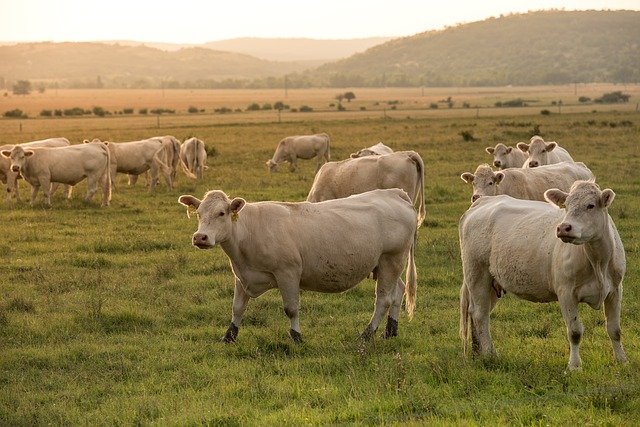 In ruminants, methane production is linked to fibre digestion: methanogens bacteria consume the hydrogen produced by cellulolytic bacteria. The resultant hydrogen accumulation is toxic for rumen microbiota, so methane production and eructation are important to keep the rumen healthy.
In ruminants, methane production is linked to fibre digestion: methanogens bacteria consume the hydrogen produced by cellulolytic bacteria. The resultant hydrogen accumulation is toxic for rumen microbiota, so methane production and eructation are important to keep the rumen healthy.
Methane production is therefore linked to dry matter intake. This means that it is crucial to carefully consider feed intake when looking to increase milk and meat production.
How live yeasts can help to reduce Methane emissions
Several approaches have been studied in many countries with the aim of reducing methane emissions of digestive origin. Various research has suggested that live yeasts such as Biosprint® can be used.
Biosprint is a high concentrate probiotic live yeast authorized according to European Regulation as Gut flora stabilizer Feed Additive. Biosprint® promotes the fermentation processes, adapting the rumen environment to the needs of the bacterial flora responsible for fiber digestion. Biosprint® helps to reduce methane production by improving feed efficiency.

Methane emission and daily milk production
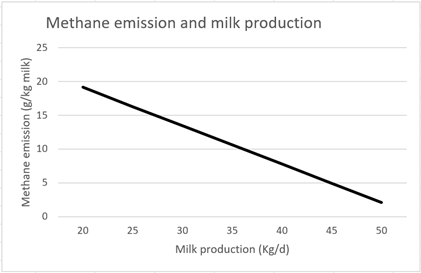 It has been shown that there is a negative relation between methane emission measured in g/kg of milk and daily milk production (Knapp et al., 2014).
It has been shown that there is a negative relation between methane emission measured in g/kg of milk and daily milk production (Knapp et al., 2014).
Biosprint® can help improve daily milk production and quality without significantly increasing dry matter intake, which was demonstrated in a recent trial performed at Wageningen University.
In all the trials that we have performed we have seen an increase in milk yield, which improves the feed conversion ratio. Milk production growth is variable depending on the conditions, but it can reach up to 7%. In a trial performed at Wageningen University, Biosprint was able to improve feed efficiency (+4,2%) by increasing milk yield while decreasing body weight losses.
The extra energy extracted from the feed was partially used to increase milk production and also to reduce the negative energy balance. A better energetic status improves body condition, which can result in better fertility.
But methane is also produced by animals that do not make milk. Thus, it is important to increase the number of lactations in the herd which will help to amortise the economic and environmental cost of heifers. Biosprint® is a good support to mitigate acidosis and its sanitary consequences, like laminitis. Reduction of sanitary and metabolic problems connected to acidosis leads to a decreased culling rate, which means a lower number of heifers. Heifers do not produce milk but produce methane from their metabolism. A decreased number of heifers to maintain the herd size will help to decrease total methane production of the farm.
Biosprint® can help to reduce methane production by increasing feed efficiency in lactation and fattening, as well as by improving animal sanitary status.
Read the full Prosol interview with Feedinfo > https://bit.ly/3ipT7qq


References
- Ilma Tapio, Timothy J. Snelling, Francesco Strozzi & R. John Wallace, The ruminal microbiome associated with methane emissions from ruminant livestock, Journal of Animal Science and Biotechnology- on https://jasbsci.biomedcentral.com/articles/10.1186/s40104-017-0141-0
- Feedinfo, Live Yeast’s Impact on Rumen Microbiome Key to Industry’s Sustainability & Economic Objectives, says Prosol- INDUSTRY PERSECTIVES, 10 Jan 2022

